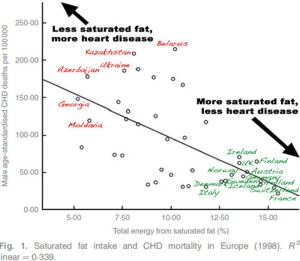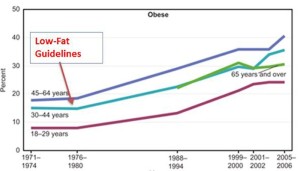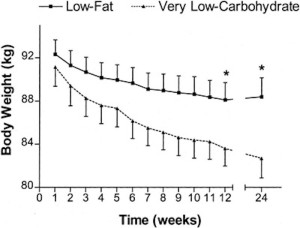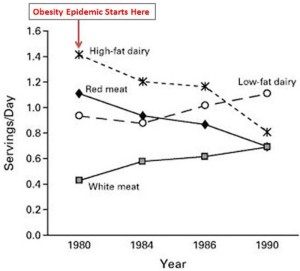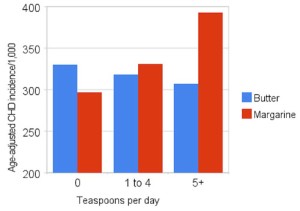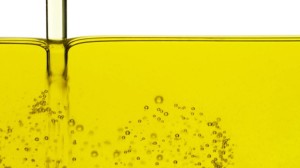 BPA is an industrial chemical that is added to many products.
BPA is an industrial chemical that is added to many products.
These days, BPA-containing plastics are commonly used in food containers, baby bottles and other things.
BPA is also used to make epoxy resins, which are put on the inner lining of canned food containers to keep the metal from corroding and breaking.
 Common products that may contain BPA include:
Common products that may contain BPA include:
- Items packaged in plastic containers.
- Canned foods.
- Toiletries.
- Feminine hygiene products.
- Thermal printer receipts.
- CDs and DVDs.
- Household electronics.
- Eyeglass lenses.
- Sports equipment.
- Dental filling sealants.
Many manufacturers have now switched to BPA-free products, in which BPA has been replaced by bisphenol-S (BPS) or bisphenol-F (BPF),but these may disrupt the function of your cells in a way similar to BPA. Thus, BPA-free bottles may not be the solution.
The main source of BPA exposure is through your diet.
Another study had participants eat one serving of either fresh or canned soup daily for 5 days. Urine levels of BPA were 1,221% higher in those who consumed the canned soup.
Additionally, the World Health Organization (WHO) reported that BPA levels in breastfed babies were up to 8 times lower than those measured in babies fed liquid formula from BPA-containing bottles.

BPA’s Biological Mechanisms
1. BPA has a similar structure as the hormone estrogen. It may bind to estrogen receptors and affect the function of your body.
2. Several studies have shown that BPA can negatively affect many aspects of both male and female fertility.
4. Higher BPA levels seem to be linked to an increased risk of type 2 diabetes, high blood pressure and heart disease.
5. BPA May Raise Your Risk of Obesity
6. BPA May Cause Other Health Problems
- Polycystic ovary syndrome (PCOS)
- Premature delivery
- Asthma: Early childhood exposure to BPA was linked to wheezing in later childhood.
- Liver function: Higher BPA levels were linked to a 29% higher risk of abnormal liver enzyme levels.
- Immune function: BPA levels may be linked to worse immune function.
- Thyroid function: Higher BPA levels were linked to abnormal levels of thyroid hormones.
- Brain function: African green monkeys exposed to BPA levels judged safe by the EPA showed loss of connections between brain cells.
How to Minimize Your Exposure to BPA

- Avoid packaged foods: Eat mostly fresh, whole foods. Stay away from canned foods or foods packaged in plastic containers, especially if labeled with recycling numbers 3, 7 or the letters “PC.”
- Drink from glass or metal bottles and use glass baby bottles instead of plastic ones.
- Stay away from BPA products: As much as possible, limit your contact with receipts, and do not use plastic wrap to store or transport food.
- Don’t microwave plastic: Microwave and store food in glass rather than plastic.
- Be careful when washing plastics: Avoid using harsh detergents when washing plastic containers, and do not wash them in the dishwasher.
- Don’t buy plastic baby toys: Opt for toys made from natural materials rather than plastic, especially for toys that your little one is likely to suck or chew on.
- Buy powdered infant formula: Some recommend powders over liquids from BPA containers, as liquid is likely to absorb more BPA from the container.
- Switch to organic toiletries: These include organic shampoo, toothpaste, deodorant and cosmetics. EWG’s Skin Deep database is a good resource to help you find products free of BPA or other dangerous chemicals.
- Purchase safe hygiene products: Replace conventional tampons and sanitary pads with safer alternatives, such as the organic ones from Natracare.
Adapted from Alina Petre, MS, RD
Be Informed, Stay Healthy.


